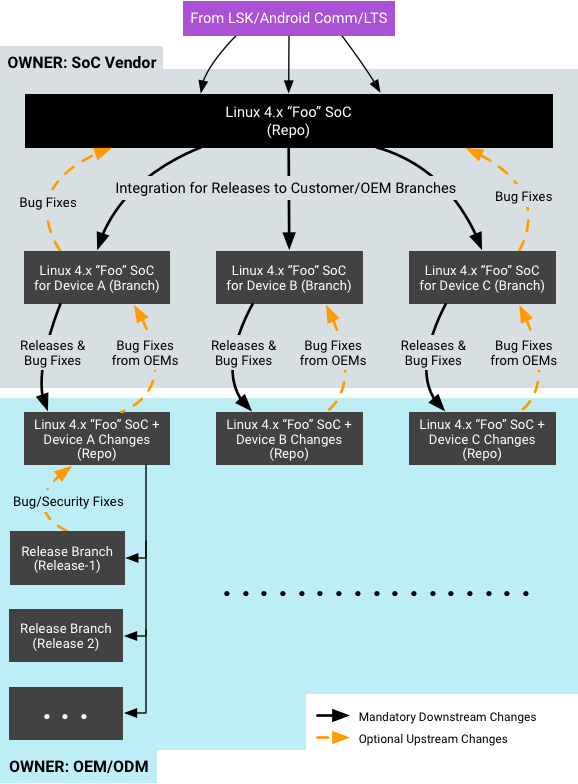并发挑战:Java多线程环境下同步与互斥问题实例
在Java多线程环境中,同步和互斥是两个常见的并发控制问题。
例子1:互斥锁(Synchronized)
public class Counter {private int count = 0;public synchronized void increment() {count++;notifyAll(); // 唤醒所有等待的线程}public synchronized void decrement() {count--;if (count == 0) {notifyAll(); // 唤醒所有等待的线程}}public int getCount() {return count;}}
在这个例子中,increment和decrement方法被声明为synchronized。这使得在同一时间只有一个线程能够访问这些方法,从而实现了互斥。
例子2:同步块(Synchronized Block)
public class MutexExample {private Object lock = new Object();public void criticalSection() {synchronized (lock) { // 同步块// 这里是线程安全的代码}}public static void main(String[] args) {MutexExample example = new MutexExample();Thread thread1 = new Thread(() -> {example.criticalSection(); // 访问同步代码}));Thread thread2 = new Thread(() -> {example.criticalSection(); // 访问同步代码}));thread1.start();thread2.start();try {thread1.join();thread2.join();} catch (InterruptedException e) {e.printStackTrace();}}}
在这个例子中,criticalSection方法被设计为一个同步块。当多个线程同时访问这个同步块时,只有一个线程能够执行里面的代码,实现了互斥和同步。
这两种方式都是Java中用来解决并发问题的重要工具。



































还没有评论,来说两句吧...